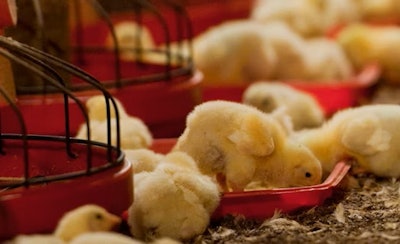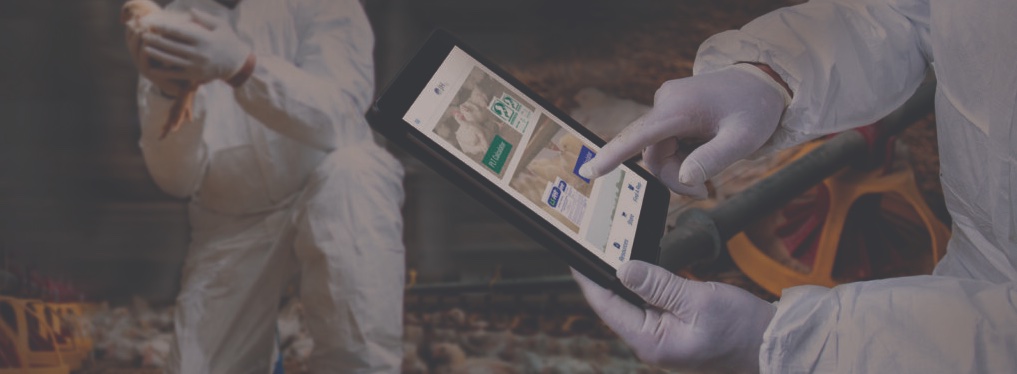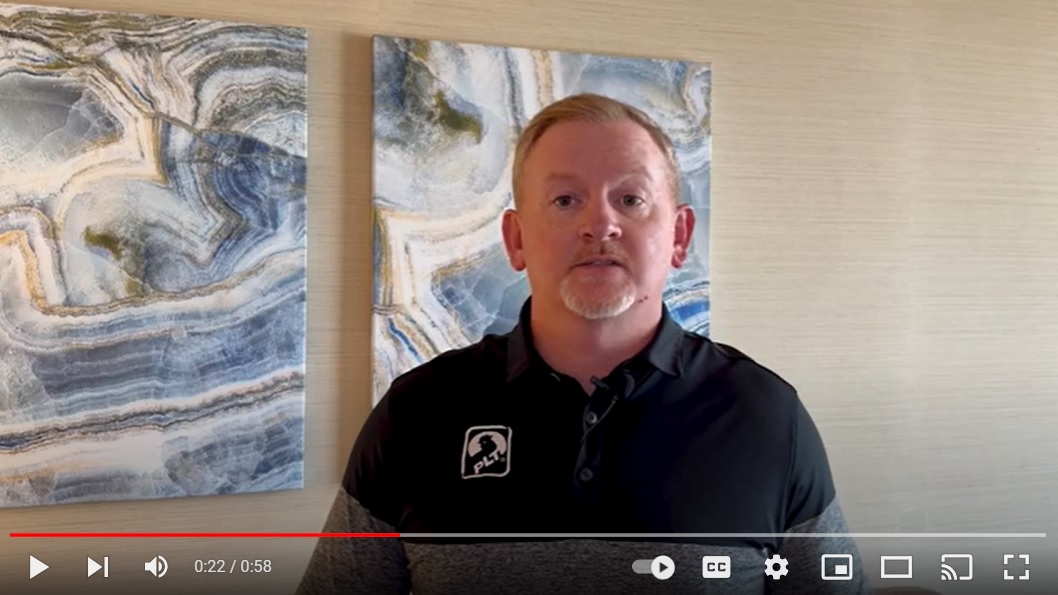
Increase poultry production and performance through opportunities in proper litter management.
Brand Insights from Jones-Hamilton
PLT Paves Way for Integrators to Earn CO2 Emission Reduction Credits
A University of Georgia study, which evaluated the carbon footprint of poultry farms in the U.S., showed the biggest contributor to greenhouse gas (GHG) emissions (68%) from broiler farms was from the use of fossil fuels, particularly propane gas used for heating during brooding and cold weather. While improvements in growth rate and feed efficiency, and efforts to increase the energy efficiency of broiler houses support decreased emissions, there is a significant amount of untapped opportunity – much of which can be found in the manure.
Read the article at joneshamiltonag.com
Minimizing Risk in Live Production
While a certain amount of risk is unavoidable in animal production, managing risk can help limit exposure to losses. In live production, risk presents itself in many forms, one of which is ammonia.
Read the article at joneshamiltonag.com
Three Key Ways to Prevent Paw Lesions
Chicken paws are a lucrative commodity and every downgraded paw due to lesions decreases revenue. Paws also serve as an indicator of animal welfare during audits and can be a direct indicator of bird performance.
Read the article at joneshamiltonag.com
Manage Litter Between Flocks to Maximize Litter Amendment Effectiveness
The process of managing poultry litter doesn’t end just because the house is empty. In fact, how you manage your litter and house conditions between flocks can make a huge difference on the performance of your next flock and the effectiveness of your litter amendment.
Read the article at joneshamiltonag.com



